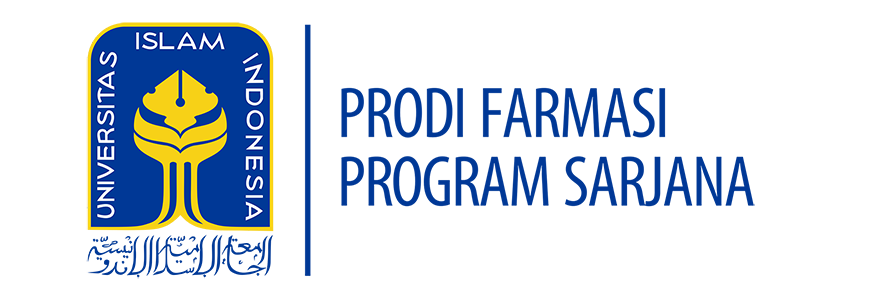| Module Name | Pharmaceutical Dosage Form Analysis | ||||
| Module level, if applicable | 2nd year | ||||
| Code, if applicable | SFA-438 | ||||
| Semester (s) in which the module is taught | Fourth semester | ||||
| Person responsible for the module | apt. Ardi Nugroho, M.Sc | ||||
| Lecturer(s) | apt. Ari Wibowo, M. Sc.
apt. Ardi Nugroho, M.Sc. |
||||
| Language | English- Indonesia | ||||
| Relation to curriculum | Compulsory course | ||||
| Types of teaching and learning | Class size | Attendance time (hours per week per semester) | Forms of active participation | Workload | |
| Teaching | 50 | 3 | Collaborative discussion | Lecture: 3 (hour) x 14 (meeting) | 52 |
| Discussion | Presentation | Preparation and follow up 5 (hour) x 14 (self-learning) | 70 | ||
| Total workload | 122 | ||||
| 4.36 ECTS | |||||
| Credit points | 3 CU | ||||
| Requirements according to examination regulations | Minimum attendance at lectures is 75% (according to UII regulation). Final score is evaluated based on assignment and reports (40%); discipline (10%), and exam (50%) | ||||
| Recommended prerequisites | Pharmaceutical Analysis | ||||
| Related course | – | ||||
| Module objectives/intended learning | By the end of this course students should be able to:
|
||||
| Content | The course will cover:
The analytical methods are fluorometer spectrophotometry, atomic absorption spectroscopy, infrared spectroscopy, advanced instruments in the pharmaceutical field, gas and liquid chromatography, bioanalytical validation, particle characterization. |
||||
| Study and examination requirements and forms of examination | Mid-term, Final term, presentation, quiz, assignment, and collaborative discussion | ||||
| Media employed | Text books, slides (power points), and video | ||||
| Reading lists |
|
||||
